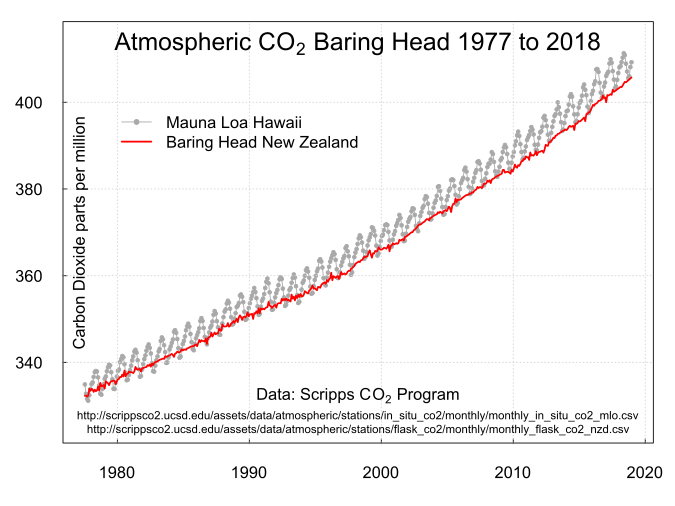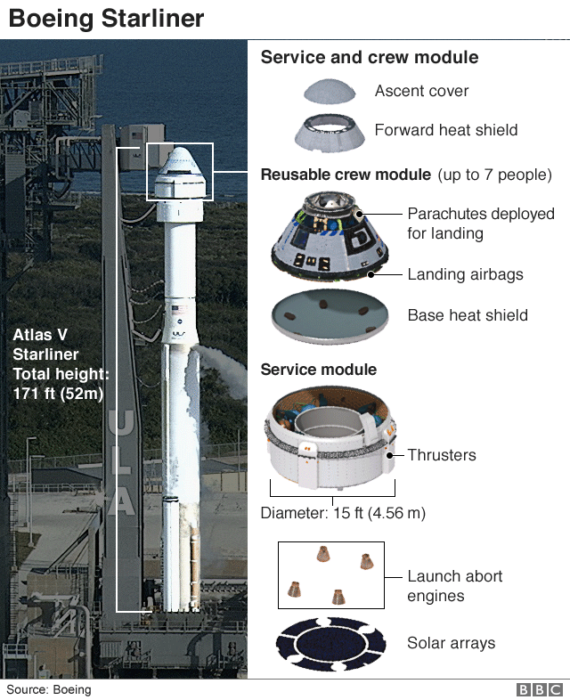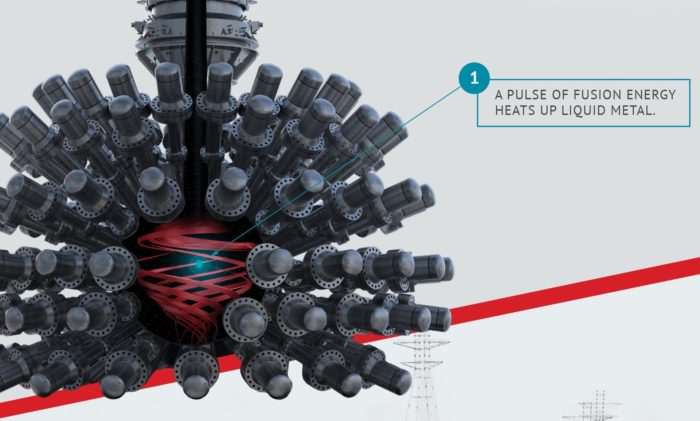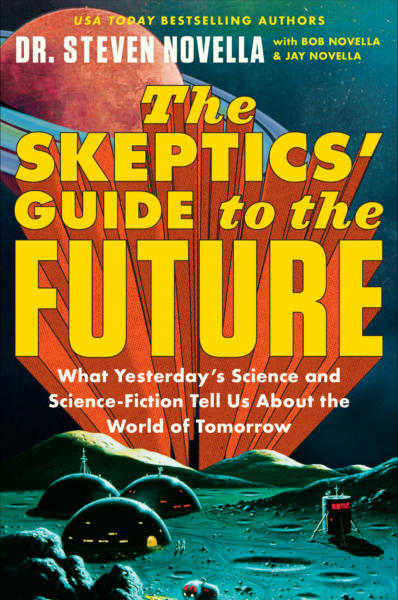Dec 30 2019
A Climate Change Lost Decade
 It’s fun and interesting to look back over the last decade and think about what has happened and how far we have come. Round years are arbitrary, but it’s a sufficient trigger to take stock and hopefully gain some perspective on the medium course of history. There is a lot to say about the 2010s, and I may take the opportunity to say more, but I want to discuss in this essay what is perhaps our greatest challenge and disappointment over the last decade. In many ways this has been a lost decade for climate change mitigation.
It’s fun and interesting to look back over the last decade and think about what has happened and how far we have come. Round years are arbitrary, but it’s a sufficient trigger to take stock and hopefully gain some perspective on the medium course of history. There is a lot to say about the 2010s, and I may take the opportunity to say more, but I want to discuss in this essay what is perhaps our greatest challenge and disappointment over the last decade. In many ways this has been a lost decade for climate change mitigation.
Over the last decade the scientific evidence (and resulting consensus) that the planet is warming, that humans are the primary driver of this trend, and that the consequences are not likely to be good, has only become greater. The last five years have been the hottest five years on record, and this has been the case for most of the last decade. The year 2016 was the hottest, because it was an El Niño year (short term fluctuations will still be overlaid on top of the longer term trend) but the trend is unmistakable. The story of the world’s ice is more complex, with greater regional and year-to-year variations, but total global ice has been decreasing, and if anything accelerated over the last decade. The Greenland ice sheet in particular experienced accelerated melting. As a result there is a real and growing scientific consensus, north of 97% among relevant scientists, that anthropogenic climate change is happening.
We are also experiencing more extreme weather events. We are seeing more droughts, fires, heat waves, and more powerful storms. In the last decade it become clear that, while the worst consequences of climate change are decades and even centuries in the future, we are starting to see real consequences now.
Economists have started to weigh in as well. Numerous studies were published over the last decade, concluding that – climate change will cost the world many billions of dollars and will reduce economic growth, costing even more. Further, the option of allowing climate change to happen and adapting to the results will likely be the costliest option. In addition to the monetary cost, there is a quality of life cost. Extreme weather causes displacement, psychological trauma, and social upheaval. If you think we are having a refugee crisis now, just wait as flooding increasing and more locations become essentially uninhabitable.

 To spaceflight enthusiasts, the 2010s was a transitional decade. The shuttle program ended in 2011, and along with it America’s ability to put astronauts into space. We have been hitching rides with the Russians to get to the space station (ISS) ever since. NASA had no plans to replace the shuttle anytime soon, and instead announced that it would focus on deep space capability while relying on commercial companies to take over missions to low Earth orbit. So, after almost a decade, how is this plan working out?
To spaceflight enthusiasts, the 2010s was a transitional decade. The shuttle program ended in 2011, and along with it America’s ability to put astronauts into space. We have been hitching rides with the Russians to get to the space station (ISS) ever since. NASA had no plans to replace the shuttle anytime soon, and instead announced that it would focus on deep space capability while relying on commercial companies to take over missions to low Earth orbit. So, after almost a decade, how is this plan working out? Researchers may (and I emphasize “may”)
Researchers may (and I emphasize “may”)  The promise of commercial-scale fusion energy has been looming in the background of our collective conversations about climate change and the future of our energy infrastructure. The potential of fusion is tremendous, but we are likely still decades away from commercial power plants. Exactly how far away is a matter of debate. There are some indications, however, that the industry is progressing from proof of concept research to commercialization. No one is seriously arguing that we are close, but this may be a sign of real progress.
The promise of commercial-scale fusion energy has been looming in the background of our collective conversations about climate change and the future of our energy infrastructure. The potential of fusion is tremendous, but we are likely still decades away from commercial power plants. Exactly how far away is a matter of debate. There are some indications, however, that the industry is progressing from proof of concept research to commercialization. No one is seriously arguing that we are close, but this may be a sign of real progress. As new technologies come online they often reverberate in other industries in unanticipated ways. New technologies may offer possibilities that did not previously exist. The smartphone is perhaps the best recent example of this. This was designed to be primarily a phone, including texting and video capabilities, but with access to the internet. So it is also a handheld computer. But it didn’t take long for app developers to realize that – hey, if people are carrying around an internet-connected computer at all times, that opens up a whole world of new possibilities.
As new technologies come online they often reverberate in other industries in unanticipated ways. New technologies may offer possibilities that did not previously exist. The smartphone is perhaps the best recent example of this. This was designed to be primarily a phone, including texting and video capabilities, but with access to the internet. So it is also a handheld computer. But it didn’t take long for app developers to realize that – hey, if people are carrying around an internet-connected computer at all times, that opens up a whole world of new possibilities. One of the things I like about blogging is that it is an interactive forum. Often times the conversation in the comments dwarfs the original article in scope and depth. I use this to learn as much from my readers as they do from me, and improve my understanding of topics and ability to communicate them. Sometimes points raised in the comments deserve the treatment of a full blog post, not just answers in the comments.
One of the things I like about blogging is that it is an interactive forum. Often times the conversation in the comments dwarfs the original article in scope and depth. I use this to learn as much from my readers as they do from me, and improve my understanding of topics and ability to communicate them. Sometimes points raised in the comments deserve the treatment of a full blog post, not just answers in the comments.





